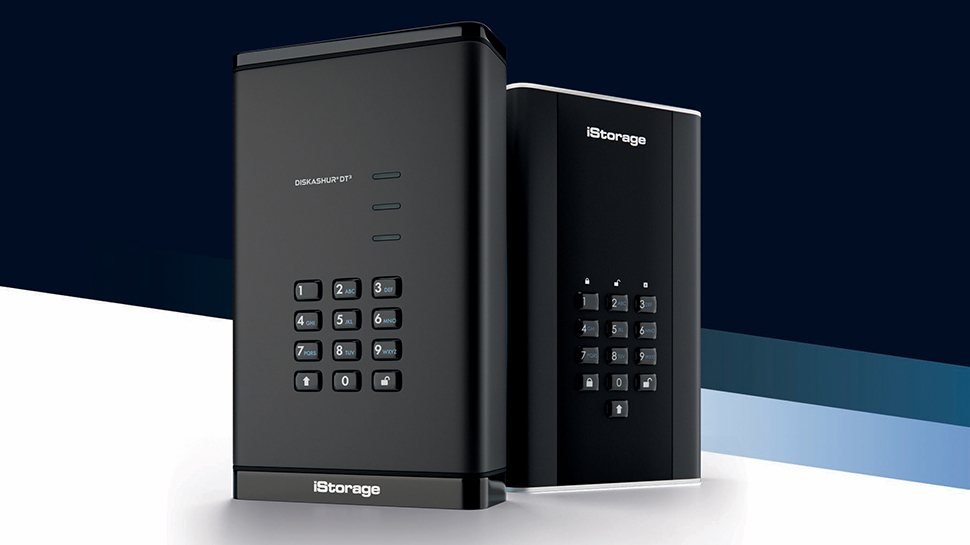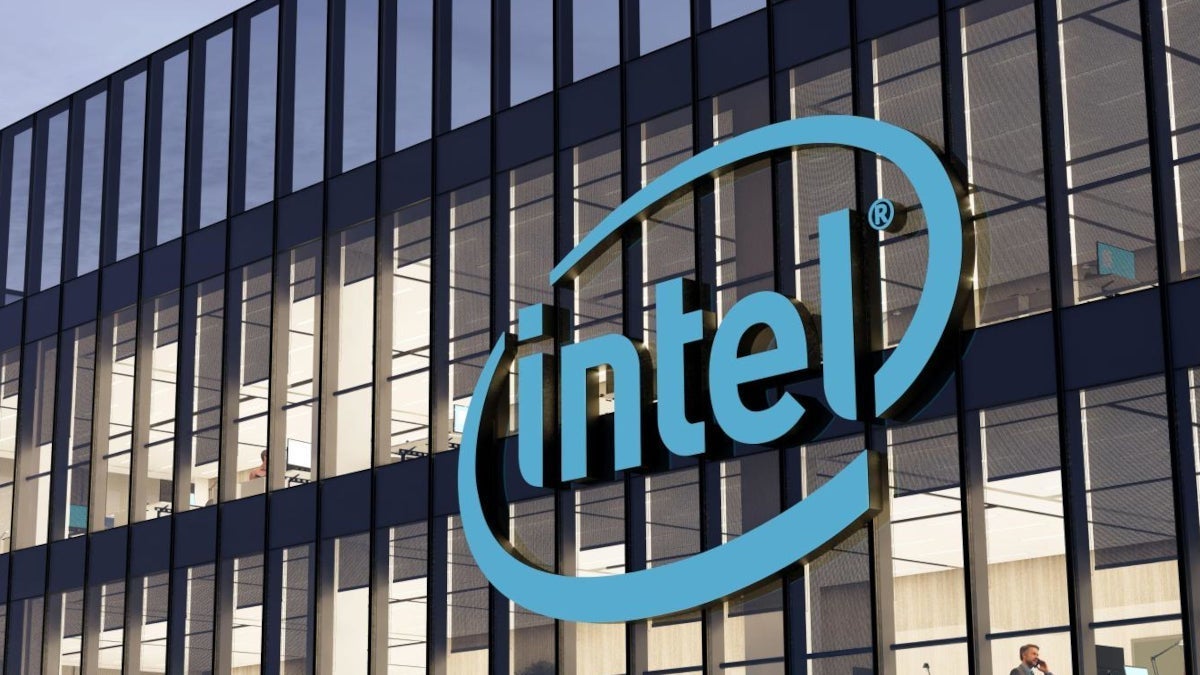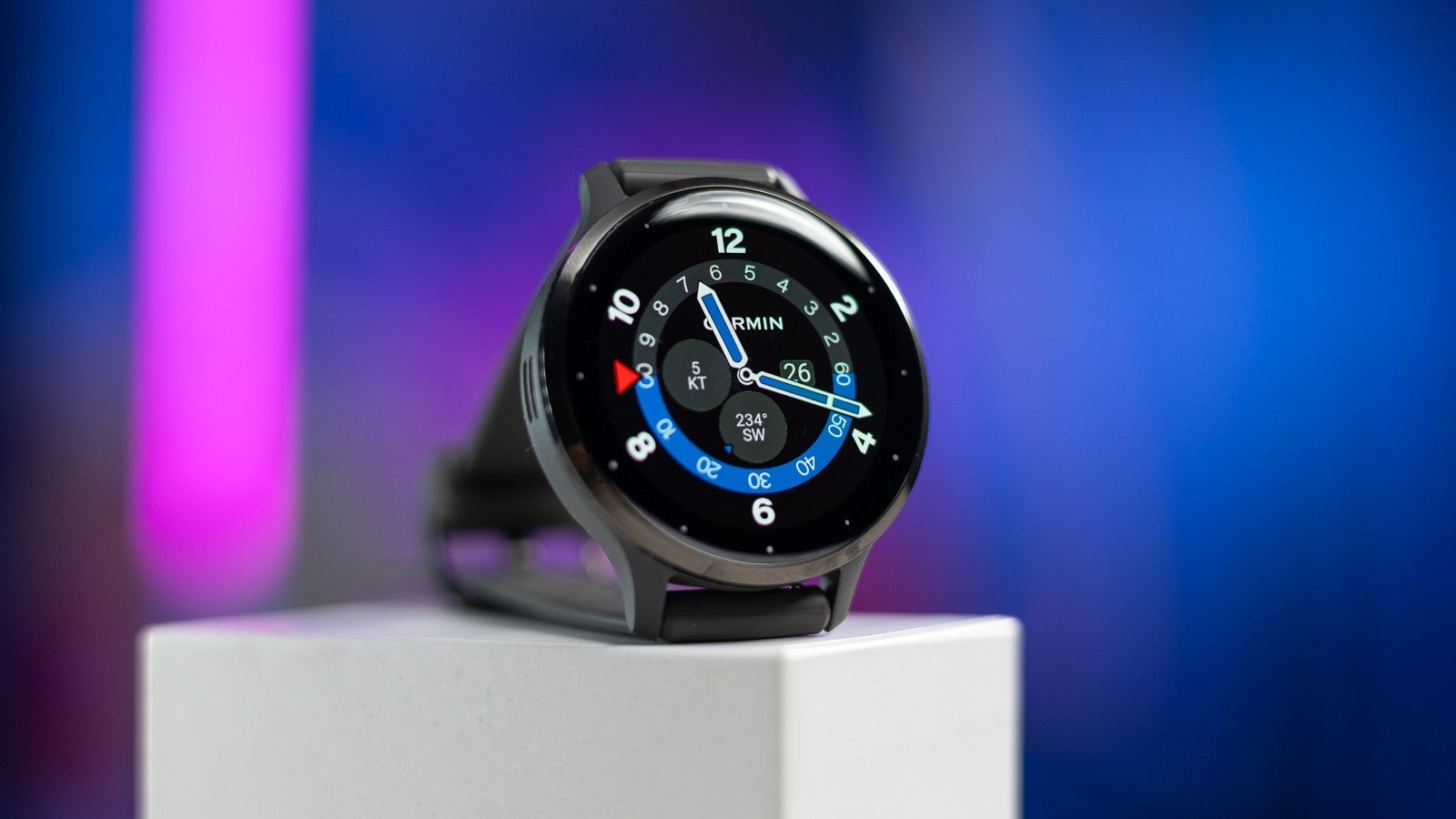Comprehensive Hardware Requirements Report for Qwen 3
1. Overview Qwen 3, the latest iteration of Alibaba Cloud's Qwen series, is a state-of-the-art large language model (LLM) designed for advanced natural language processing (NLP) tasks, including text generation, code completion, and multi-modal reasoning. Its hardware requirements depend on the specific use case (training vs. inference), model size (e.g., parameter count), and deployment environment (cloud vs. on-premise). This report outlines the necessary hardware specifications for various scenarios. 2. Model Architecture and Key Considerations Parameter Count: Qwen 3 is expected to scale from 7 billion (7B) to 100+ billion (100B+) parameters, with potential variants like Qwen 3-7B, Qwen 3-72B, and Qwen 3-100B. Larger models require more memory and computational power. Quantization Support: Some variants may support 8-bit or 4-bit quantization to reduce hardware demands for inference. Multi-Modal Capabilities: If Qwen 3 includes vision or audio processing, additional GPU memory and storage may be required for handling unstructured data. 3. Training Hardware Requirements Training Qwen 3 from scratch is reserved for enterprise-scale infrastructure due to its computational intensity. Component Minimum Requirement Recommended Requirement GPU NVIDIA A100 (40GB VRAM) NVIDIA H100 (80GB VRAM) or multiple A100s VRAM 40GB per GPU (per parameter shard) 80GB+ per GPU for full model parallelism CPU 16-core (e.g., AMD EPYC 7543 or Intel Xeon Gold) 32-core+ with high clock speed RAM 256GB DDR4 512GB DDR5 or higher Storage 10TB NVMe SSD (for datasets and checkpoints) 50TB+ High-Speed NVMe Storage Networking 100Gbps InfiniBand or Ethernet 400Gbps+ RDMA-enabled networking Cooling/Power High-performance cooling system Liquid cooling + redundant power supply Notes: Distributed Training: Requires multi-GPU clusters (e.g., 8x H100 for Qwen 3-100B). Dataset Size: Training on petabyte-scale datasets demands fast storage and data pipelines. Precision: Mixed-precision (FP16/BF16) training reduces VRAM usage. 4. Inference Hardware Requirements Inference requirements vary significantly based on model size and latency constraints. 4.1. Small Variants (e.g., Qwen 3-7B, Qwen 3-14B) Component Minimum Requirement Recommended Requirement GPU NVIDIA RTX 3090/4090 (24GB VRAM) NVIDIA A6000 (48GB VRAM) CPU 8-core (e.g., Intel i7 or AMD Ryzen 7) 16-core (e.g., AMD EPYC/Intel Xeon) RAM 32GB DDR4 64GB DDR5 Storage 1TB NVMe SSD 2TB NVMe SSD Notes: Quantization: 8-bit quantized Qwen 3-7B can run on consumer-grade GPUs (e.g., RTX 3090). Latency: Real-time applications (e.g., chatbots) benefit from faster GPUs like the A6000. 4.2. Large Variants (e.g., Qwen 3-72B, Qwen 3-100B) Component Minimum Requirement Recommended Requirement GPU 4x NVIDIA A100 80GB 8x NVIDIA H100 80GB (for tensor parallelism) CPU 32-core (e.g., AMD EPYC 7742) 64-core (e.g., AMD EPYC 9654) RAM 512GB DDR4 1TB DDR5 ECC Storage 10TB NVMe SSD 20TB NVMe SSD with RAID 10 Notes: Model Parallelism: Large models require GPU clusters with distributed inference frameworks (e.g., vLLM, DeepSpeed). Batch Processing: Higher VRAM allows larger batch sizes for throughput optimization. 5. Cloud-Based Deployment Alibaba Cloud offers optimized infrastructure for Qwen 3: Training: Alibaba Cloud GPU Instances: ecs.gn7e/gn7i (A100/H100 GPUs) with Elastic Fabric Adapter (EFA) for low-latency communication. Storage: NAS or OSS for distributed datasets. Inference: ECS g7 instances (A10/H100) for single-node deployments. Model-as-a-Service (MaaS): Managed API endpoints for low-cost, low-latency inference. Cost Estimate: Training (per hour): $50–$500+ (varies by GPU count and cloud provider). Inference (per 1,000 tokens): $0.001–$0.01 (quantized models are cheaper). 6. Edge or Local Deployment For developers or small-scale users: Consumer GPUs: RTX 4090 or Apple M2 Ultra (via Metal for mixed precision). Quantized Models: Qwen 3-7B (4-bit) can run on RTX 3060 (12GB VRAM) with optimized frameworks (e.g., GGUF). Latency: Expect 0.5–2 seconds per 100 tokens on local hardware. 7. Software and Frameworks Deep Learning Frameworks: PyTorch 2.x, TensorFlow 2.x. CUDA Support: Version 12.1+ for NVIDIA GPUs. Optimization Libraries: Model Parallelism: Hugging Face Transformers, DeepSpeed, Megatron-LM. Inference: vLLM, TensorRT, or Alibaba Cloud's ModelScope. Containerization: Docker/Kubernetes for scalable deployments. 8. Challenges and Mitigations VRAM Bottlenecks: Use quantization or offload layers to CPU with Hugging Face Accelerate. Latency: Optimize with FlashAttention or Tensor Parallelism. Scalability: Cloud-based auto-scaling for variable workloads. Power Consumption: High-end GPUs (e.g., H100) require 700W+ PSUs.
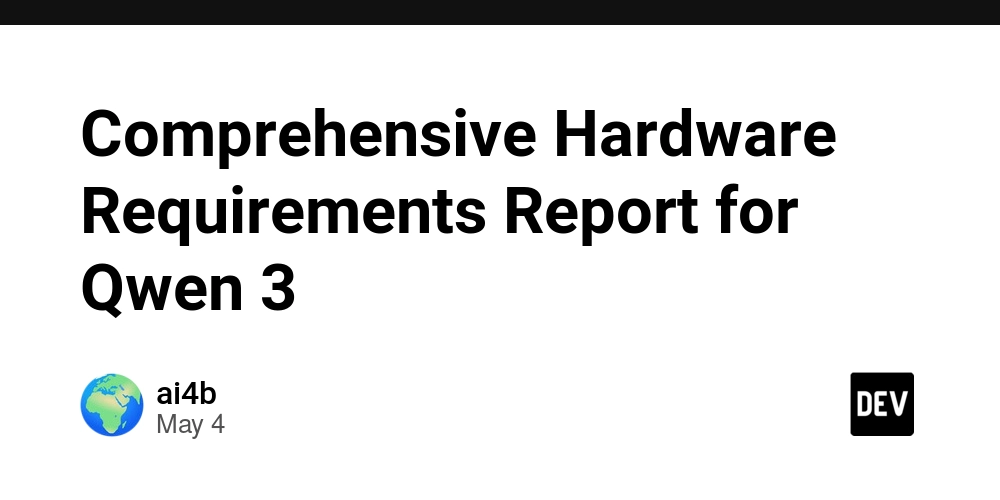
1. Overview
Qwen 3, the latest iteration of Alibaba Cloud's Qwen series, is a state-of-the-art large language model (LLM) designed for advanced natural language processing (NLP) tasks, including text generation, code completion, and multi-modal reasoning. Its hardware requirements depend on the specific use case (training vs. inference), model size (e.g., parameter count), and deployment environment (cloud vs. on-premise). This report outlines the necessary hardware specifications for various scenarios.
2. Model Architecture and Key Considerations
- Parameter Count: Qwen 3 is expected to scale from 7 billion (
7B) to 100+ billion (100B+) parameters, with potential variants likeQwen 3-7B,Qwen 3-72B, andQwen 3-100B. Larger models require more memory and computational power. - Quantization Support: Some variants may support 8-bit or 4-bit quantization to reduce hardware demands for inference.
- Multi-Modal Capabilities: If Qwen 3 includes vision or audio processing, additional GPU memory and storage may be required for handling unstructured data.
3. Training Hardware Requirements
Training Qwen 3 from scratch is reserved for enterprise-scale infrastructure due to its computational intensity.
| Component | Minimum Requirement | Recommended Requirement |
|---|---|---|
| GPU | NVIDIA A100 (40GB VRAM) |
NVIDIA H100 (80GB VRAM) or multiple A100s |
| VRAM | 40GB per GPU (per parameter shard) | 80GB+ per GPU for full model parallelism |
| CPU | 16-core (e.g., AMD EPYC 7543 or Intel Xeon Gold) |
32-core+ with high clock speed |
| RAM | 256GB DDR4
|
512GB DDR5 or higher |
| Storage | 10TB NVMe SSD (for datasets and checkpoints) |
50TB+ High-Speed NVMe Storage |
| Networking | 100Gbps InfiniBand or Ethernet
|
400Gbps+ RDMA-enabled networking |
| Cooling/Power | High-performance cooling system | Liquid cooling + redundant power supply |
Notes:
- Distributed Training: Requires multi-GPU clusters (e.g., 8x
H100forQwen 3-100B). - Dataset Size: Training on petabyte-scale datasets demands fast storage and data pipelines.
- Precision: Mixed-precision (
FP16/BF16) training reduces VRAM usage.
4. Inference Hardware Requirements
Inference requirements vary significantly based on model size and latency constraints.
4.1. Small Variants (e.g., Qwen 3-7B, Qwen 3-14B)
| Component | Minimum Requirement | Recommended Requirement |
|---|---|---|
| GPU | NVIDIA RTX 3090/4090 (24GB VRAM) |
NVIDIA A6000 (48GB VRAM) |
| CPU | 8-core (e.g., Intel i7 or AMD Ryzen 7) |
16-core (e.g., AMD EPYC/Intel Xeon) |
| RAM | 32GB DDR4
|
64GB DDR5
|
| Storage | 1TB NVMe SSD
|
2TB NVMe SSD
|
Notes:
- Quantization: 8-bit quantized
Qwen 3-7Bcan run on consumer-grade GPUs (e.g.,RTX 3090). - Latency: Real-time applications (e.g., chatbots) benefit from faster GPUs like the
A6000.
4.2. Large Variants (e.g., Qwen 3-72B, Qwen 3-100B)
| Component | Minimum Requirement | Recommended Requirement |
|---|---|---|
| GPU | 4x NVIDIA A100 80GB |
8x NVIDIA H100 80GB (for tensor parallelism) |
| CPU | 32-core (e.g., AMD EPYC 7742) |
64-core (e.g., AMD EPYC 9654) |
| RAM | 512GB DDR4
|
1TB DDR5 ECC
|
| Storage | 10TB NVMe SSD
|
20TB NVMe SSD with RAID 10
|
Notes:
- Model Parallelism: Large models require GPU clusters with distributed inference frameworks (e.g.,
vLLM,DeepSpeed). - Batch Processing: Higher VRAM allows larger batch sizes for throughput optimization.
5. Cloud-Based Deployment
Alibaba Cloud offers optimized infrastructure for Qwen 3:
- Training:
- Alibaba Cloud GPU Instances:
ecs.gn7e/gn7i(A100/H100GPUs) with Elastic Fabric Adapter (EFA) for low-latency communication. - Storage:
NASorOSSfor distributed datasets.
- Alibaba Cloud GPU Instances:
- Inference:
-
ECS g7instances (A10/H100) for single-node deployments. - Model-as-a-Service (
MaaS): Managed API endpoints for low-cost, low-latency inference.
-
Cost Estimate:
- Training (per hour): $50–$500+ (varies by GPU count and cloud provider).
- Inference (per 1,000 tokens): $0.001–$0.01 (quantized models are cheaper).
6. Edge or Local Deployment
For developers or small-scale users:
- Consumer GPUs:
RTX 4090or AppleM2 Ultra(via Metal for mixed precision). - Quantized Models:
Qwen 3-7B(4-bit) can run onRTX 3060(12GB VRAM) with optimized frameworks (e.g.,GGUF). - Latency: Expect 0.5–2 seconds per 100 tokens on local hardware.
7. Software and Frameworks
- Deep Learning Frameworks:
PyTorch2.x,TensorFlow2.x. - CUDA Support: Version 12.1+ for NVIDIA GPUs.
- Optimization Libraries:
- Model Parallelism: Hugging Face
Transformers,DeepSpeed,Megatron-LM. - Inference:
vLLM,TensorRT, or Alibaba Cloud'sModelScope.
- Model Parallelism: Hugging Face
- Containerization:
Docker/Kubernetesfor scalable deployments.
8. Challenges and Mitigations
- VRAM Bottlenecks: Use quantization or offload layers to CPU with Hugging Face
Accelerate. - Latency: Optimize with
FlashAttentionor Tensor Parallelism. - Scalability: Cloud-based auto-scaling for variable workloads.
- Power Consumption: High-end GPUs (e.g.,
H100) require 700W+ PSUs.
9. Case Studies
- Enterprise Training:
- Setup: 64x
H100GPUs (80GB) + 1PB storage. - Use Case: Custom
Qwen 3-100Btraining for domain-specific NLP tasks.
- Setup: 64x
- Small Business Inference:
- Setup: 2x
A100GPUs + 256GB RAM (forQwen 3-72B). - Use Case: Deployment for customer service chatbots.
- Setup: 2x
- Individual Developer:
- Setup:
RTX 4090+ 64GB RAM (forQwen 3-7B). - Use Case: Local experimentation and fine-tuning.
- Setup:
10. Conclusion
Qwen 3's hardware demands are highly dependent on the model variant and workload:
- Training: Requires enterprise-grade GPU clusters (
H100/A100) and extensive storage. - Inference: Scalable from consumer GPUs (for
7B) to multi-A100servers (for100B+). - Cloud Recommendation: Use Alibaba Cloud's
MaaSfor cost-effective deployment.
For precise requirements, consult the official Qwen 3 documentation or Alibaba Cloud's support team.





































































































































































![[The AI Show Episode 145]: OpenAI Releases o3 and o4-mini, AI Is Causing “Quiet Layoffs,” Executive Order on Youth AI Education & GPT-4o’s Controversial Update](https://www.marketingaiinstitute.com/hubfs/ep%20145%20cover.png)





























































































































![[DEALS] Microsoft 365: 1-Year Subscription (Family/Up to 6 Users) (23% off) & Other Deals Up To 98% Off – Offers End Soon!](https://www.javacodegeeks.com/wp-content/uploads/2012/12/jcg-logo.jpg)



![From Art School Drop-out to Microsoft Engineer with Shashi Lo [Podcast #170]](https://cdn.hashnode.com/res/hashnode/image/upload/v1746203291209/439bf16b-c820-4fe8-b69e-94d80533b2df.png?#)




















![Re-designing a Git/development workflow with best practices [closed]](https://i.postimg.cc/tRvBYcrt/branching-example.jpg)



















































































(1).jpg?#)



















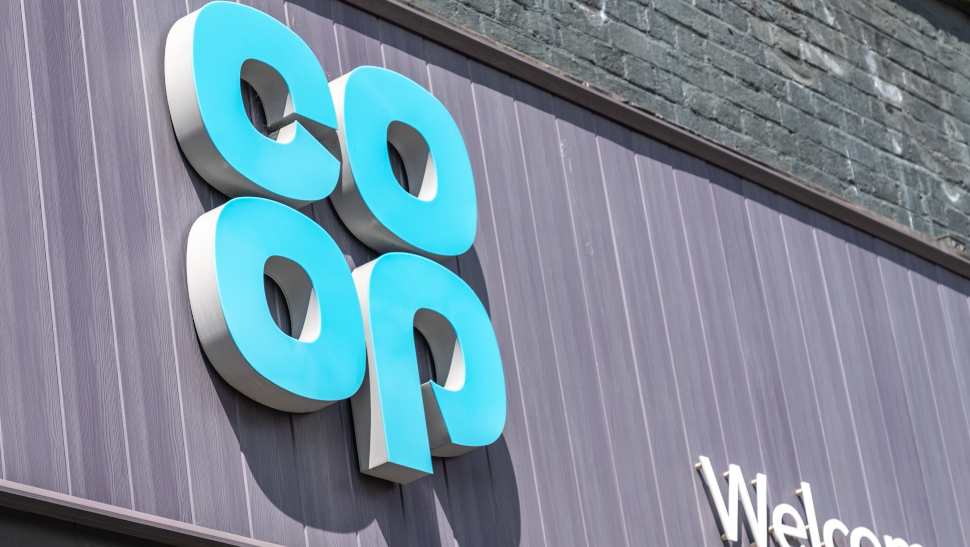












_Inge_Johnsson-Alamy.jpg?width=1280&auto=webp&quality=80&disable=upscale#)






































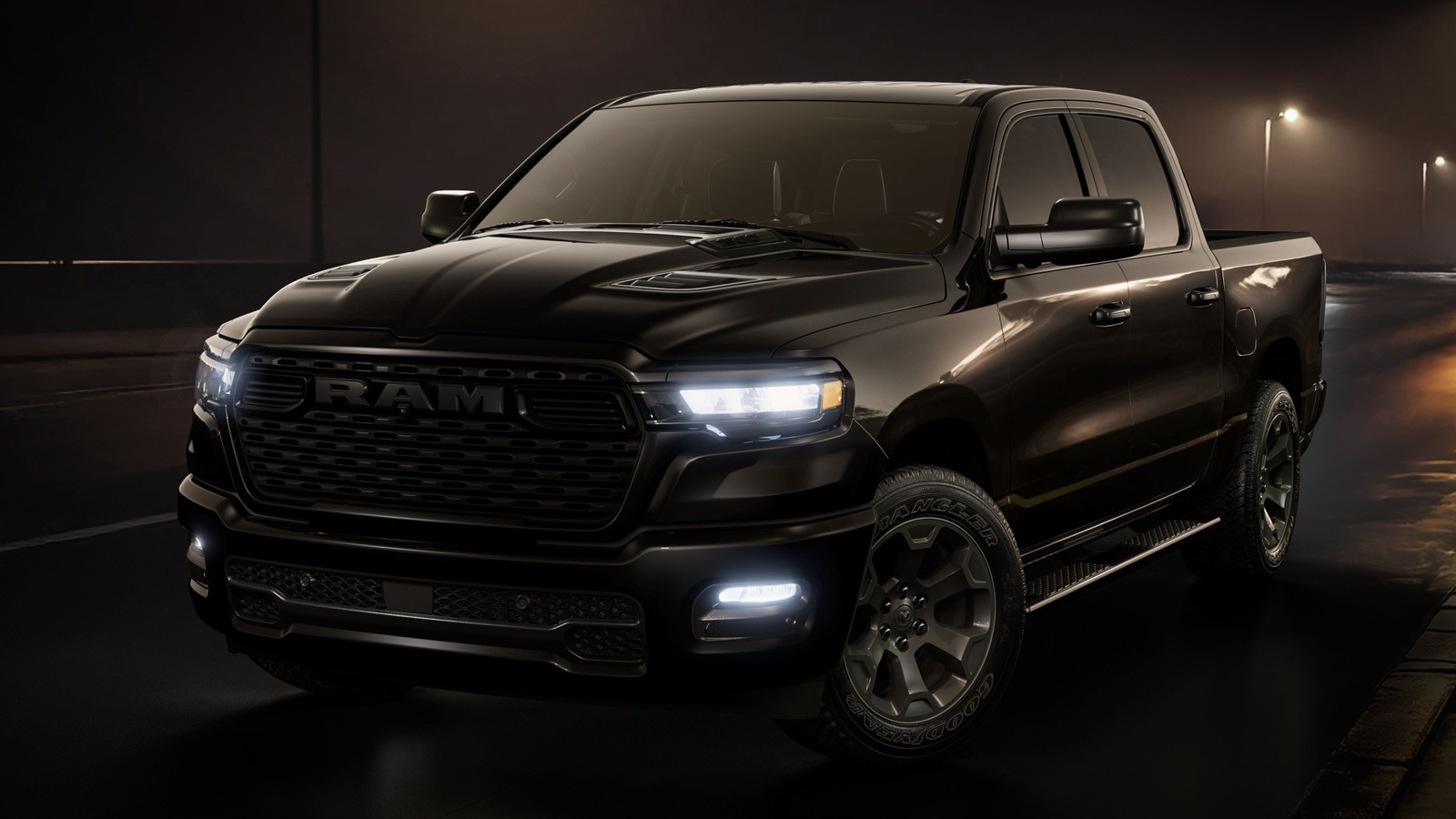























































![The Material 3 Expressive redesign of Google Clock leaks out [Gallery]](https://i0.wp.com/9to5google.com/wp-content/uploads/sites/4/2024/03/Google-Clock-v2.jpg?resize=1200%2C628&quality=82&strip=all&ssl=1)
![What Google Messages features are rolling out [May 2025]](https://i0.wp.com/9to5google.com/wp-content/uploads/sites/4/2023/12/google-messages-name-cover.png?resize=1200%2C628&quality=82&strip=all&ssl=1)













![New Apple iPad mini 7 On Sale for $399! [Lowest Price Ever]](https://www.iclarified.com/images/news/96096/96096/96096-640.jpg)
![Apple to Split iPhone Launches Across Fall and Spring in Major Shakeup [Report]](https://www.iclarified.com/images/news/97211/97211/97211-640.jpg)
![Apple to Move Camera to Top Left, Hide Face ID Under Display in iPhone 18 Pro Redesign [Report]](https://www.iclarified.com/images/news/97212/97212/97212-640.jpg)
![Apple Developing Battery Case for iPhone 17 Air Amid Battery Life Concerns [Report]](https://www.iclarified.com/images/news/97208/97208/97208-640.jpg)

















